As a partner at Bjarke Ingels Group in Denmark, the American architect Catherine Huang designs everything from affordable housing projects to some of the world’s most talked about prestige buildings. To Catherine, however, architecture is less about form and more about shaping our cities, lives and society, as well as solving social and environmental issues.
Words
Photos
Marie HaldThere’s no way to walk past the new building on Dortheavej street in Copenhagen’s Nordvest neighbourhood without stopping to look, but it’s not the newness of the building that grabs attention. The five-storey building curving around a small plaza consists of prefabricated units fitted out in wood. Somehow it looks cubic and curvaceous at the same time, while appearing both humble and luxurious. On one hand it fits perfectly into the area, catching and reflecting the sunlight, but on the other its beauty is incongruous in a neighbourhood dominated by gas stations, affordable housing projects from the previous mid-century and car repair shops.
The most surprising thing, however, is that Dortheavej Residence itself is an affordable housing project, named after the street on which it’s located. It was commissioned by the non-profit affordable housing association Bovita (formerly called Lejerbo) and designed by the Danish starchitect Bjarke Ingels’ Group (BIG). Nothing about it is reminiscent of affordable housing, though. The 66 apartments are light and airy because of the floor-to-ceiling windows and 3.5-metre ceilings. They vary in size but all have creative features such as elevated floors. Not only are these visually appealing but they have also helped to keep costs down.
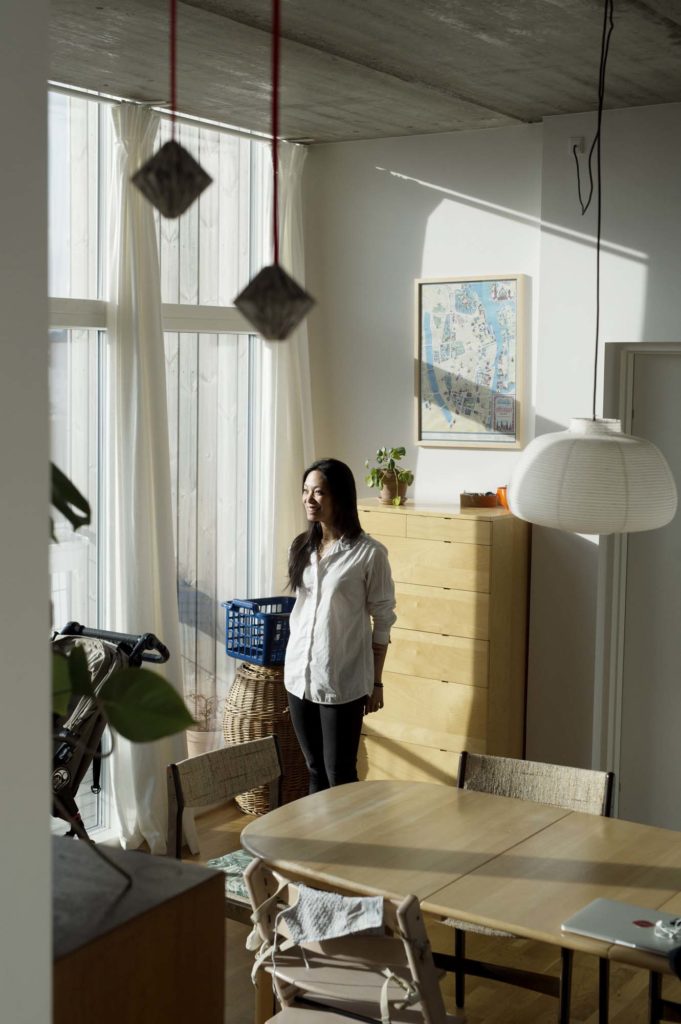
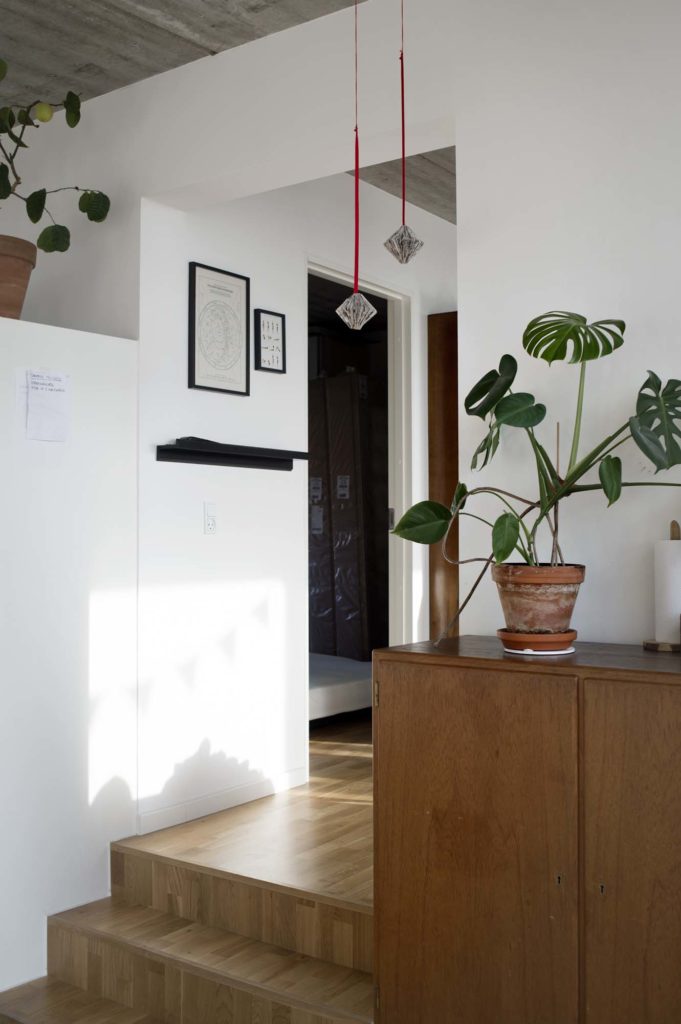
‘It does look very nice in the sun,’ says Catherine as she inspects one of the top floor apartments. It’s the first time that she has been back here since she led the team of architects designing the building. And it’s her first time seeing a finished apartment that has become a home. Its residents, a young family, moved in about a year ago.
She says that it was important for her to elevate the homes above what people sometimes think about social housing. ‘I think it’s very Scandinavian, this attitude that you shouldn’t shame people for living in social housing. It’s about integration. If people are well integrated in society, then they can become happy, productive members of it, rather than if they live in something that’s falling apart. I think there’s sustainability in that thinking, and I’m very inspired by it.’
'When you have more boundaries to wiggle through, you have to be very innovative and creative, and that's where the surprises, the joy and the beauty kick in.'
Catherine isn’t just exploring the Scandinavian way of thinking about architecture, she’s shaping it. Dortheavej is one example. When BIG got involved, the residence was planned as a private project, but then Bovita took over and it changed. This led to a huge cut to the budget, but as this shrank, the creativity grew. The team, headed by Catherine, was forced to find cheaper solutions, and this led to the prefabricated units. The team decided to stack them, resulting in the high ceilings, elevated floors, and a certain sense of magic.
‘When you have more boundaries to wiggle through, you have to be very innovative and creative, and that’s where the surprises, the joy and the beauty kick in,’ Catherine says. ‘In this case, we started with these very standard solutions, the prefabricated units. It’s when you put standard solutions together that you come up with something surprising. The fact that we had to be so economical somehow elevated the entire project.’
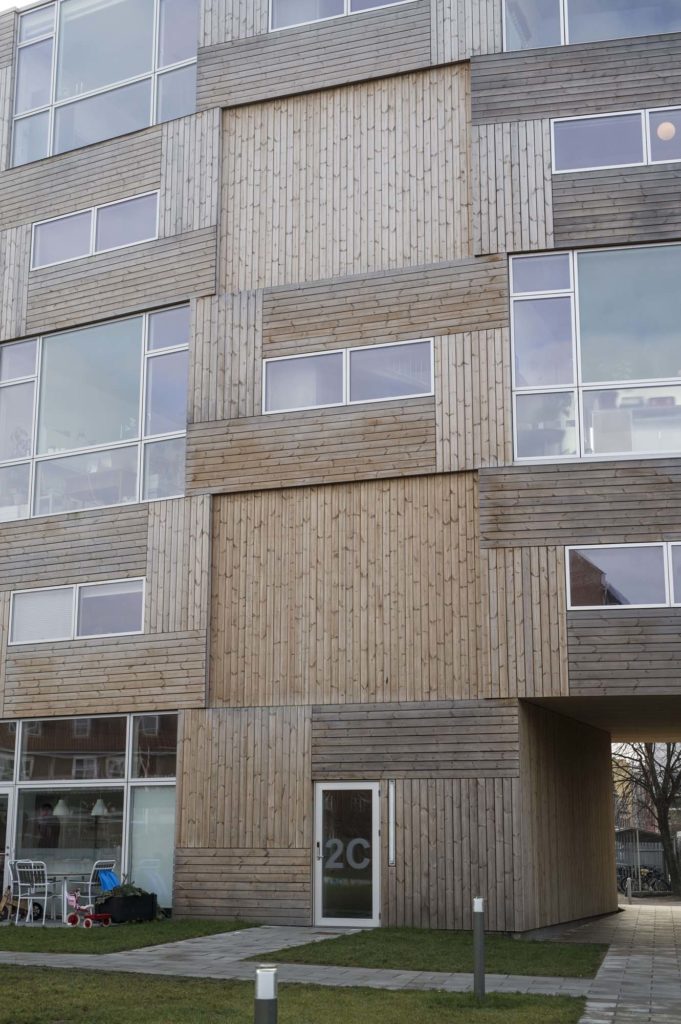
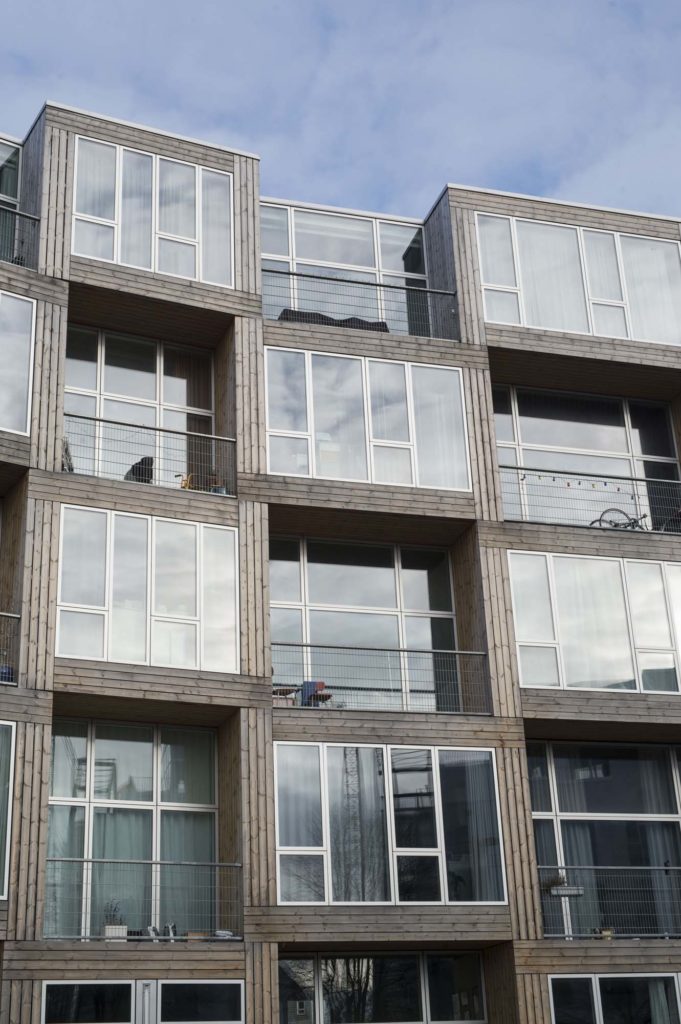
We take a walk around the building and the photographer asks Catherine to remove her coat for a picture. Catherine apologises to her personal assistant Melissa Murphy as she asks her to hold it. She goes on to apologise for her American pronunciation of the Danish word Dortheavej, as well as the political situation in the US, for attempting to eat during our lunchtime interview, and for what she sees as her not being as well spoken as her media darling boss (before launching into an eloquent discussion about architecture and sustainability).
Her architecture, however, makes no excuses. It’s as fearless as Catherine seems shy, characterised by a combination of bold ideas and scientific thinking. That’s why she has become a partner at one of the world’s best-known architecture firms, and her way of thinking is no coincidence. Catherine’s route to architecture began in a chemistry lab.
In 2007 she was breeding fruit flies at Harvard. Her undergraduate degree was in biochemistry, and she was deciding between two career options: to follow her dream of becoming an architect or to continue with biochemistry. There was no question about which route her parents wanted her to take. ‘Asian immigrant parents basically want you to become a doctor or an engineer. Architecture was off the beaten path, and I was beginning to doubt whether I wanted to do it,’ she says.
That was until a professor ‘with crazy hair’ and wild ideas visited the campus. ‘The way he thought about architecture and especially the way he saw it as a solution to both environmental and societal concerns just really resonated with me,’ Catherine says of her first meeting with Bjarke. ‘I was very young and shy but I picked up my courage and asked if he took interns in Copenhagen, which at that point I could vaguely point to on a map.’
A few months later Catherine moved to Copenhagen, intending to stay for a year. She briefly went back to Boston after the internship to finish her studies but then returned to Copenhagen to join the architecture firm. She had fallen in love with the firm’s vision as well as a co-intern she had met in her first year there, and the city itself. ‘I grew up in Austin in Texas, which is very much a city driven by the scale of cars, so moving to Copenhagen, which is based on a very bikeable scale, was definitely a change,’ she says. ‘The shared spaces in the city also seemed a lot more meaningful than their American equivalents, and it made Copenhagen feel very safe and liveable. It’s something that has stuck with me for my 10-plus years here. I do think Bjarke Ingels would have been a very different architect if he’d been from Austin.’
In July 2019 Catherine will celebrate her 10-year anniversary as a full-time architect with Bjarke Ingels and as a Copenhagener. She briefly interned at two much smaller architecture firms in the US before signing on with BIG. Although Catherine has spent the majority of her professional life with one firm, she does not have an urge to strike out on her own.
‘Architecture is at its very basis giving form to places in the world, and as such it should be humanistic and social in its endeavour.’
‘I think I’m still with this company because my view is very compatible to that of the office,’ she says. ‘There’s this basic idea that if you can provide something extra for the same cost, you should. And it’s not just about the aesthetics, it’s a way of contributing to the public area with, for example, a small plaza in front of a building like Dortheavej. The office is shaped by this almost unconscious feeling of responsibility to the public arena. In many other firms that responsibility would be considered to belong to someone else, such as the government.’
Catherine feels that architects have a special responsibility to educate and inspire clients as well as politicians on how to design in a sustainable way.
‘I would like to think that architecture can contribute to the discourse happening on the political stage when it comes to environmental and social issues,’ she says. ‘Architecture is at its very basis giving form to places in the world, and as such it should be humanistic and social in its endeavour. Just by the sheer size of the construction industry – which has a huge footprint in terms of energy costs and CO2 emissions – there also comes a huge responsibility and opportunity to reduce that cost.’
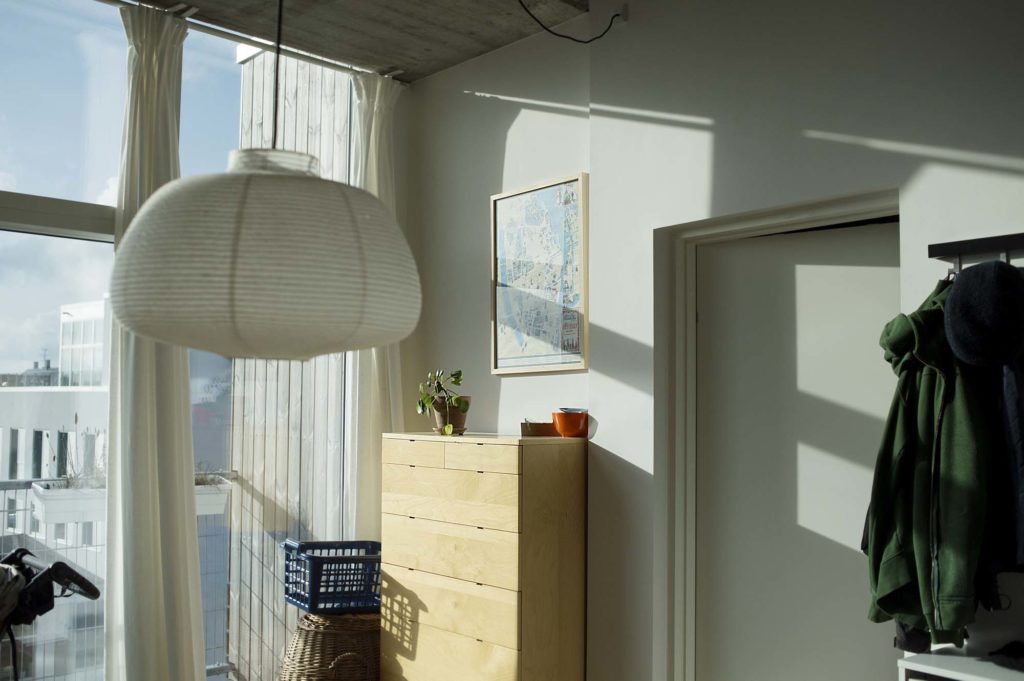
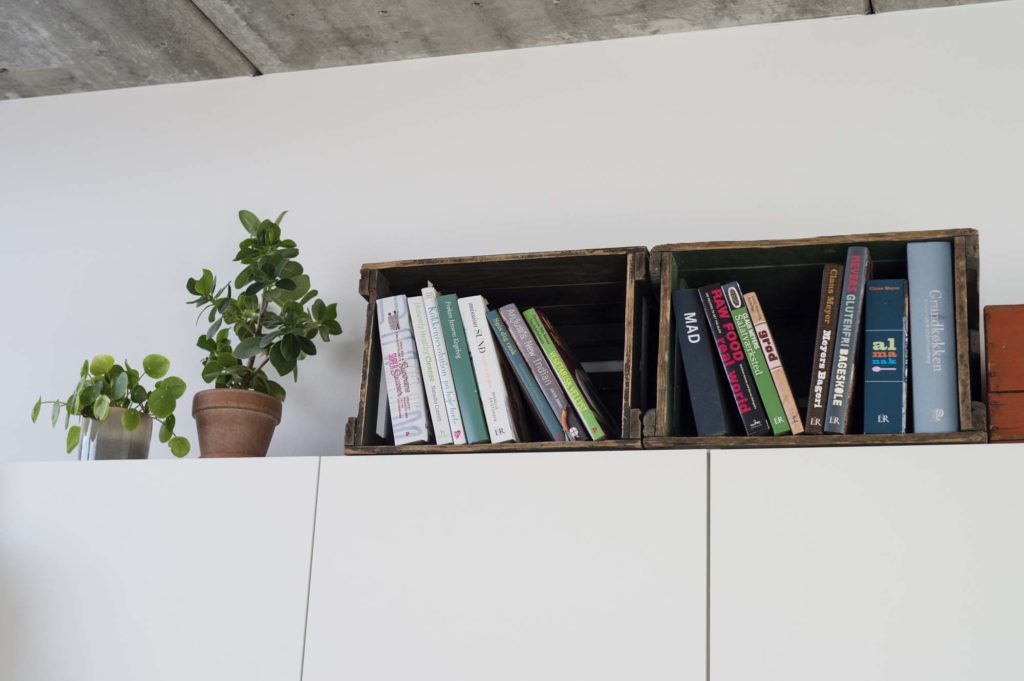
BIG employs hundreds of architects in its offices located in Copenhagen, New York and London. The employees are very international – Catherine’s guess is that there are around 40 nationalities represented in the Copenhagen office – and divided into smaller teams working on up to seven projects at a time. Catherine leads on several projects, and although they are different in nature – recently she has been involved in everything from affordable housing to prestige projects for big corporations – the process is generally the same. For the first two weeks, a team of up to four architects will research the historical, geographical and cultural background of the project. Then they will gather together to work through as many ideas as possible, discarding them as they go.
‘We basically try to fail hard and fail fast,’ Catherine says with a laugh. ‘We weed out so many ideas in the beginning, but we learn a little bit from each iteration. It’s a process of evolution where you throw out almost every idea, and then suddenly one idea arises that’s the right fit for the site, the right fit for the client and the right fit for the office.’
To become an expert at failing was a challenge for Catherine when she first arrived in Copenhagen, but it’s been a very important one. ‘When I was younger I was so afraid to fail. When, actually, what it takes to make something that’s close to perfect is evolution, practice and iterations. Now I know that it’s the adaptations, imperfections and additional rules we make for ourselves that all bring the innovation,’ she says.
The visual elements of architecture are often the most lauded, but the defining aesthetic features of Dortheavej were actually born out of economic concerns. ‘At the heart of what Bjarke is really looking for is a way for the buildings we make to solve the underlying social, environmental and economic concerns,’ says Catherine. ‘That’s why my scientific background works so well here. It’s not just about creating something that’s subjectively beautiful; it’s something you can really quantify. Does this idea solve the problems better than this other form? That’s what’s so great about this office. It might seem like it’s form-driven, but actually it’s function-driven.’
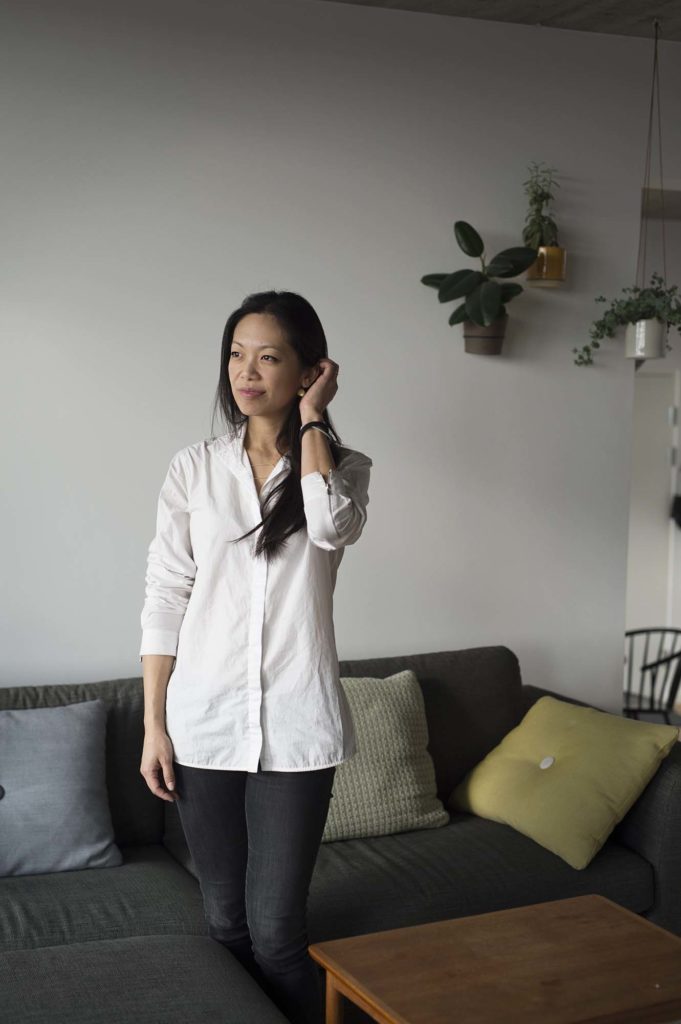
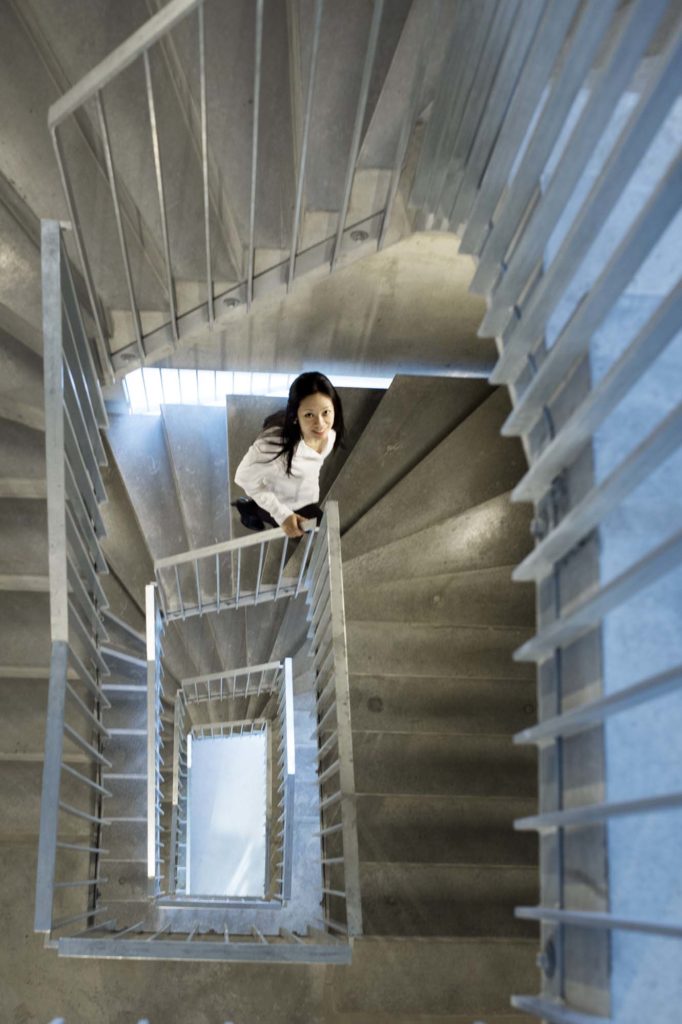
Catherine describes another BIG design, a waste plant combined with an extreme sports park on Copenhagen’s former industrial island, as an example of how this pragmatism leads to playfulness. ‘We took all the machines that are necessary for the waste plant and placed them according to what made the most sense. Then we wrapped a building around them, and we ended up with this huge, slanting roof. Since it’s sitting in the middle of an extreme sports park, and since Copenhagen is very flat, we thought it would make sense to place a ski slope on top. It was very pragmatic decision-making that led to creating a ski slope on a roof. We got something surprising and beautiful out of it by pushing that pragmatism to the extreme.’
‘It was pragmatic decision-making that led to creating a ski slope on a roof.’
Catherine passionately believes that architecture should shape our home and work lives, so she is enthusiastic about the trend for co-living spaces. For a new project, which she is not yet allowed to name, she has been looking at how architecture can foster communal bonds.
‘People are lonelier than they’ve ever been and instead of collecting objects, they want to connect experiences and genuine bonds,’ she says. ‘That means that there’s a need for smaller personal spaces and a growth in shared spaces where people can connect, and it’s interesting to see how these trends affect the form these spaces take. It becomes architecture’s role to create spaces that are a catalyst for social interaction by making it easier to randomly meet people where you live.’
She pauses for a second, almost out of breath after a burst of excitement. ‘I think it’s so interesting that architecture is able to do things like that.’
BIG is also very interested in the broader trend of co-living because it can help to reduce household energy costs and ease the lack of space in global cities where gentrification is on the rise.
‘You see people exiting the cities because they can’t afford to stay, but as more people turn to co-living, staying will become more affordable,’ says Catherine. ‘What’s nice about co-living is that it provides an option where you can leave a smaller footprint in terms of energy cost, be able to afford to stay in a city, and form genuine connections with other people.’
Co-living and sustainability tie in with BIG’s core ethos of a humanistic approach to architecture. This holistic approach is what convinced Catherine to become an architect in the first place. It’s also why she intends to stay in Copenhagen with her daughter and husband, who is also a partner at BIG, for the long term.
‘I am very inspired by this Scandinavian tradition of designing on a human scale,’ says Catherine. ‘There’s a reason why so many good architects and urban planners have come out of Copenhagen. They’re simply surrounded by good examples.’
For more information about BIG’s latest projects visit its website
